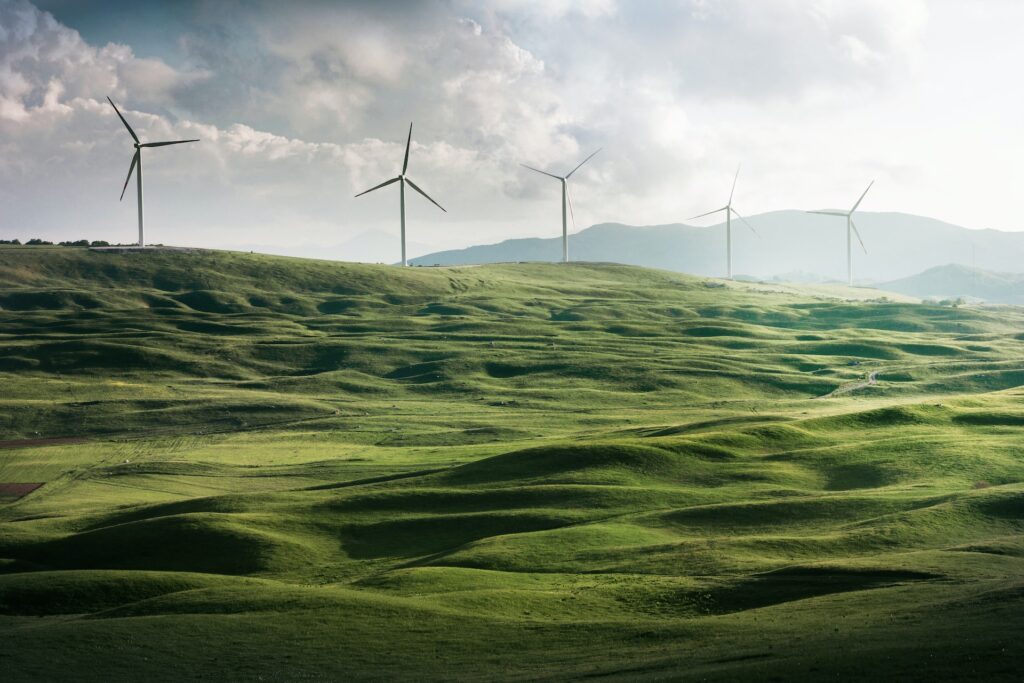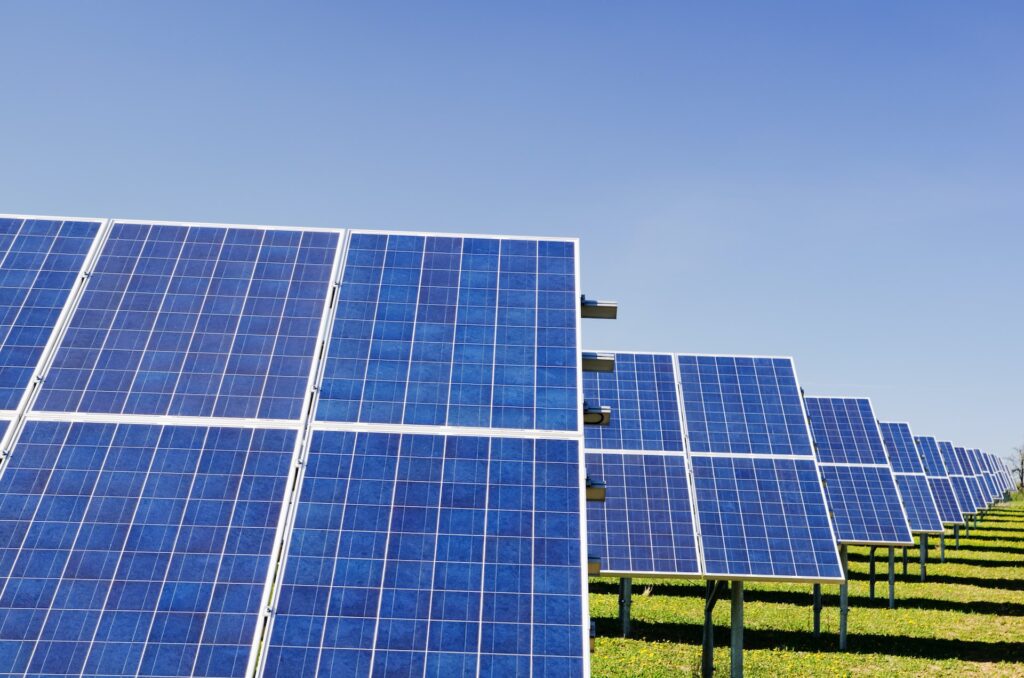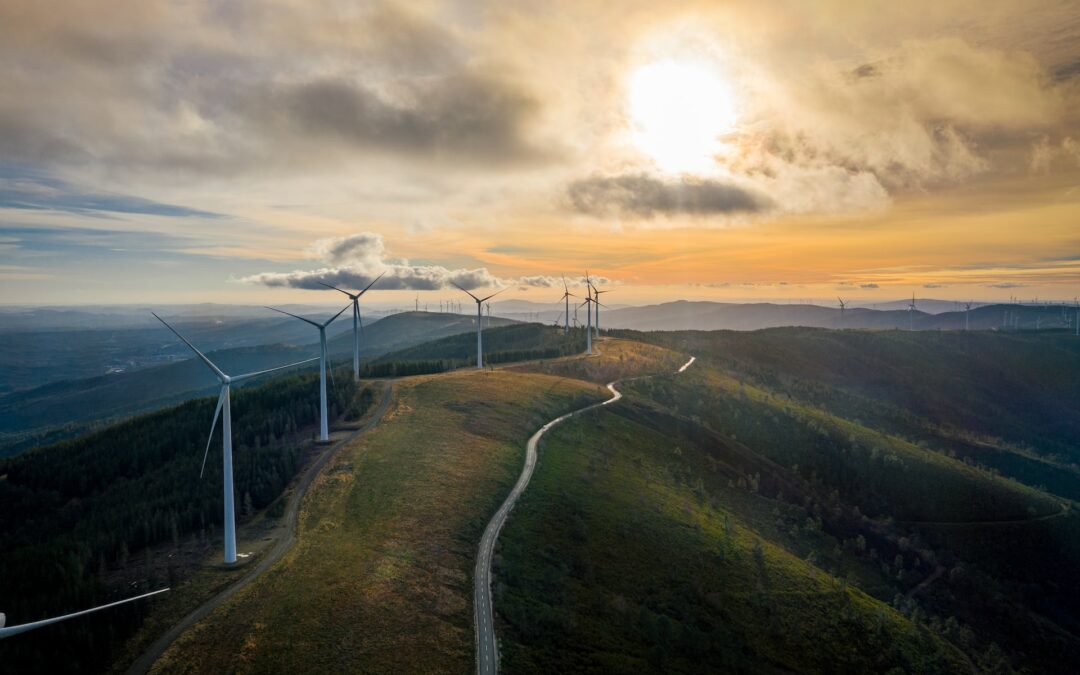- Green energy transition affects the economy, infrastructure and environment.
- The development of green technology boost the green energy transition.
- Developing countries are facing more urgent challenges than developed countries.
Green energy also known as Renewable energy, It is one kind of energy that is collected from renewable resources including sunlight, wind, the movement of water, and geothermal heat. In order to achieve the sustainable development and leave a better world for our future generations, an increasing number of countries are aware of the importance of green energy transition. They have already invested in Green technology to boost the transition.
In this article, we will talk about the factors which influence the green energy transition, also the Research and development of green technology and challenges faced by us.
A suspension clamp is a fitting that is designed for suspending or hanging cables or conductors to the pole.Clamps are hardware used for support and fix one part to another. Different clamps boast various functions. Clips are components designed for deadending and attaching strands. In TTF Electric Power Technology Co., Ltd, you can not only buy the advanced clamps used on utility poles as well as transmission tower but you can also purchase high quality power line insulators, other power line fittings and overhead line materials.
What is the definition of Green energy transition?

The green energy transition is the process of shifting using fossil fuels to operate on low carbon energy sources such as solar energy. It is a significant structural change in an energy system regarding energy supply and consumption. Energy consumption is the use of energy in a process to achieve a goal. It is also the energy used to perform an action or manufacture a product.
What are the factors influenced the green energy transition?
- Energy – this may include reducing the use of coal, oil, natural gas or other forms of fossil fuel. This can be reduced by embracing the use of renewable energy such as solar power, wind power, tidal, hydro and biomass. These technologies do not produce any carbon footprint and they are accessible to everyone makes it a sustainable energy source.
- Infrastructure – developing the reliable, robust and sustainable infrastructures is important to achieve an economy based on environmental well-being. This will also make clean energy easily accessible. Line construction hardware is made from materials that make them resistant to weather conditions which gives them a longer service life.
- Economy – the modernization, innovation and modification of technology must be the basis of all business models in order to link economic growth and environmental protection. This will lead to the responsible production and consumption of natural resources. The reuse of raw materials will also lead to the growth of the economy. This will be effective in the use of renewable energy sources.
- Research and development – investment in research, development and innovation should be focused on building new sustainable solutions to make an economy based on protecting the planet and people living in it without disregarding the economic profitability. Line construction hardware can be used to support power applications in poles in the field.
- Oceans and biodiversity – the oceans must be protected from all the waste that finds its way there in order to reduce marine pollution and restore the health of the oceans. The animals are also suffering from the pollution and if they die they also alter the biodiversity of nature.
- Production and consumption – the growth of a greener future consists of moving away from the uncritical production and consumption of energy. Line construction hardware is able to withstand the weather conditions to reduce disturbance to the overhead hardware and ensure the connections are steady and stable.
What is green technology?
Green technology is the term used to describe environmental responsive technology that lead to the production of energy. They may include technologies that reduce the amount of energy used, technology that recycles material and technologies that do not produce harmful emissions.
What did green technology include?

- Solar panels — these are cheap, accessible and adaptable to different exteriors and needs. They can be installed on roofs and floating solar panels to lead to more energy production. They acquire the energy from the sunlight which is freely available and self-sustaining which means it cannot run out.
- Wind turbines — this uses the free flow of wind to generate its electricity. It is also a cheap way of generating energy for domestic and commercial use. Pole line accessories include secondary racks, secondary clevis, anchor rods, guy clamps, pole bands and yoke plates.
- Green energy storage technology — the energy generated from these renewable sources of energy will require large and sustainable storage systems such as batteries, dams and smart grid optimization to store energy for later use. They may also be used as back-up power in case the main grid is out.
- Electric vehicles — these are an essential part of the green future since they do not produce any carbon emissions to the environment. They do not use a combustible engine instead they are charged by electricity which can be used for a long distance before recharging.
- Natural gas — natural gas produces 50% less of carbon than coal. This makes it an option in the green energy transition. It can be used for electricity generation, heating and cooling and cooking. Pole line accessories can be used on utility poles, power poles and telecommunications.
- Renewable biomass energy — energy can be generated from fast growing plants in order to attain a carbon free environment. It is however critiqued because cutting down trees and using a sizable piece of land for the biomass generation is considered to be against the protection of the environment.
- Carbon capture, utilization and storage — this technology directly removes carbon from the atmosphere and cuts down the problem of global warming. It is however costly and unfeasible as it uses water and energy intensive solutions.
Challenges of the green transition
Financial burden of developing countries
Some developing countries are sunk in debts which may make the green transition movement a challenge. The implementation of the green technology may incur a lot of cost that the developing countries cannot raise.
Difficulties in Green technology
- The green technologies are quite complex and may require highly trained professionals to complete the work. This may be a challenge to many of the countries that may have poorly trained personnel and may incur more cost in increasing their knowledge of the technologies.
- The cutting down of trees and creation of spaces for the creation of the green technology infrastructure may be destroying the environment more than the transition can be able to protect. It goes against the whole point of securing the environment and its habitats. Distribution insulators can also be used to protect the conductors and the semiconductors from lightning and sudden electric surges in the transmission lines.
Waste management
- Waste management has also proved to be a challenging factor when it comes to the green transition. Most of the waste from the energy sources is often disposed in the most incorrect manners which in turn make them harmful to the environment. This waste can be managed by innovating new solutions that can recycle the waste to generate more energy. Learning how to manage the waste can ease the transition to a green economy.
- Reducing energy costs can lead to a more sustainable economy by identifying new solutions when building new infrastructures, maintaining the old and existing buildings and funding for the green technologies. Distribution insulators are also known as power insulators can be used to protect other components of the transmission lines from conducting current.
- Water management uses about 4% of the energy used in a single building. Limiting the water consumption can be quite a challenge. It can however be reused and recycled when possible and ensuring the chemicals and other solvents are evaded. Creating landscapes that can gauge soil moisture content and regulate water can be a great way to manage water.
Importance of green transition
The reduced carbon emissions and pollution, enhanced energy efficiency and prevention of the loss of biodiversity and ecosystems services will lead to growth in employment, increased income, healthy environment and stable sources of energy. The green transition ensures the sustainable production and consumption of the natural resources that in turn increase efficiency and reliability of energy. A green economy leads to the positive environmental outcomes. Line construction hardware is essential to use on the transmission lines to reduce loose connections between the hardware. The transition will also lead to the development of the new energy generation technologies that will improve reliability and reduce the dependence of the foreign energy. The green transition will also lead to improved transport and mobility of people and goods from one place to another. It will also improve research and innovation.
FAQs
What is green transition?
Green transition is the movement from the current unsustainable situations to more sustainable paradigms that improve the living conditions.
What are the main technologies of green transition?
Technologies such as solar power, wind turbines, electric vehicles, natural gas, green energy technologies and storage, production and consumption and carbon capture and storage are some of the technologies to be utilized in the green transition.
Importance of green transition
The reduced carbon emissions and pollution, enhanced energy efficiency and prevention of the loss of biodiversity and ecosystems services will lead to growth in employment, increased income, healthy environment and stable sources of energy.


